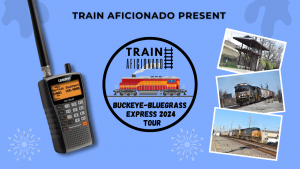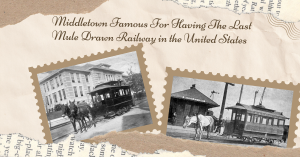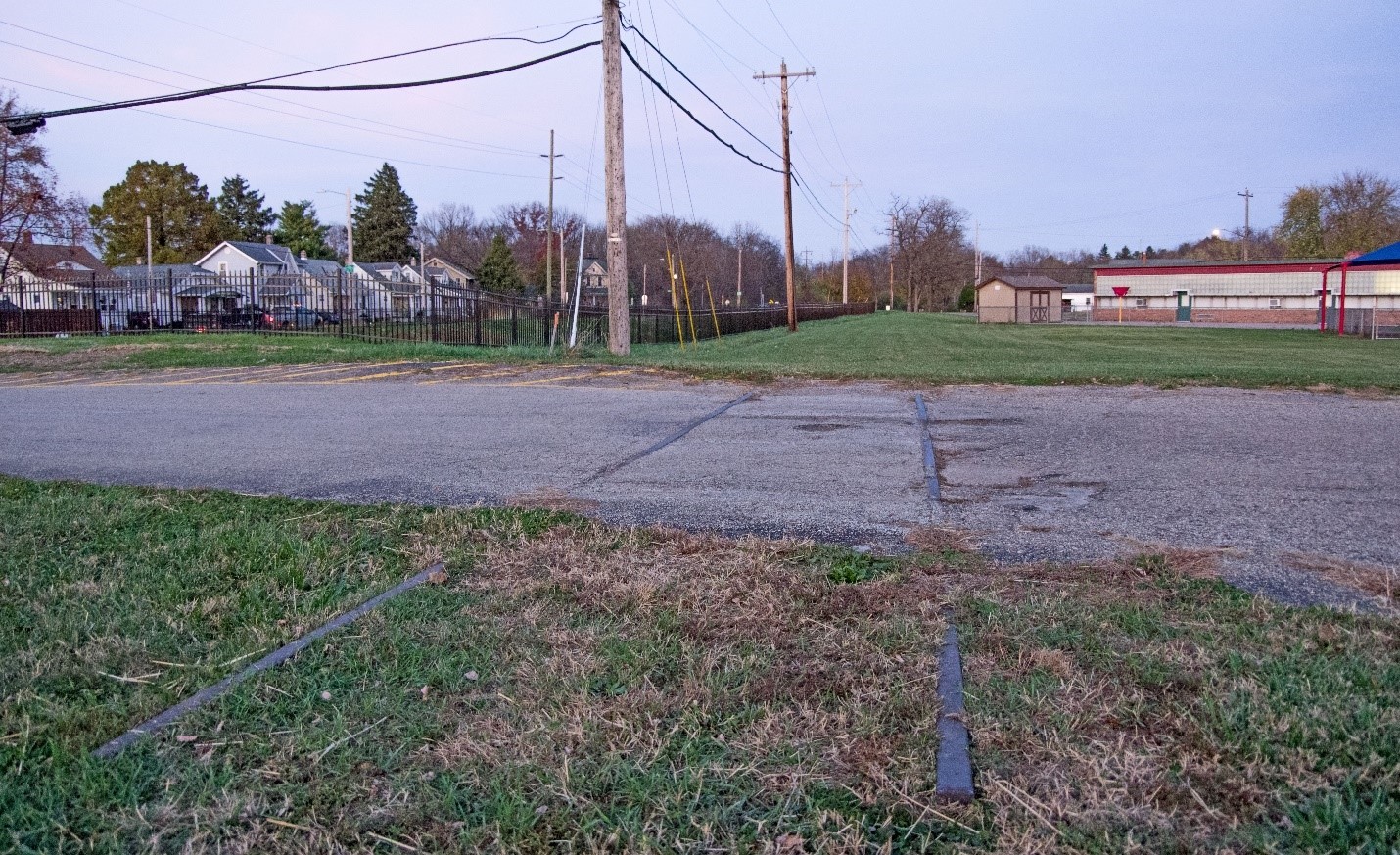
The last remaining tracks of the C&D, formerly the LC&D, south of Woodsdale. Photo by Jim Krause
Editor Note: Previously published in The Journal News. Posted with permission from author Jim Krause.
Residents of Hamilton have long known of the two major north/south railroads that have bisected the city. The CSX is successor to the Baltimore & Ohio and the earlier Cincinnati Hamilton and Dayton Railroad (CH&D) which was the first railroad in the city. The second north/south road was the Cincinnati Richmond & Chicago Railroad (CR&C) which was later acquired by the Pennsylvania Railroad in 1888, renamed the Cincinnati & Richmond Railroad Company (C&R), and is now part of the Norfolk Southern Railroad.
However, there was a third railroad planned and partially built to provide a north-to-south route for Hamilton industry called the Louisville Cincinnati & Dayton Railroad (LC&D). The LC&D acquired various other names by locals including the “Pumpkin Vine” and the “Long, Crooked and Dirty” due to its many curves and decrepit condition.
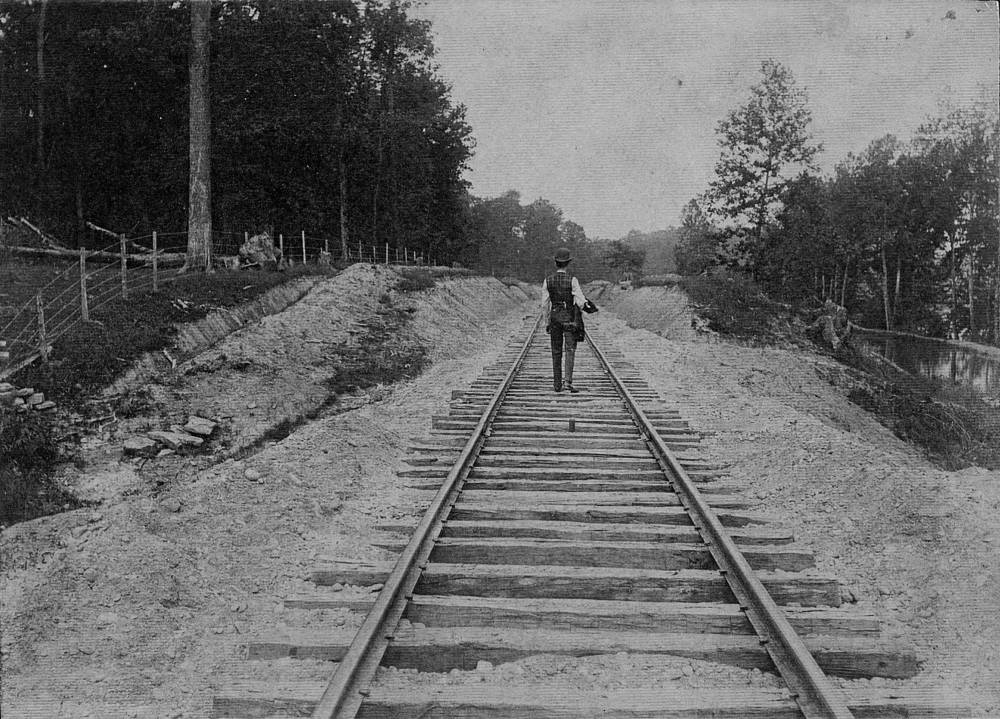
As originally proposed in the early 1880s, the LC&D promised tremendous economic benefits to Hamilton and Middletown industries and citizens. Local products would bypass Cincinnati railroad bottlenecks to reach new markets in the south, southwest, and west. Hamilton and Middletown businesses and residents could expect lower prices for conveyance of manufactured goods, everyday necessities such as coal, and passenger transportation.
As originally conceived, the LC&D was proposed to be 147.5 miles from Middletown south to Hamilton, then southwest through the Indiana cities of Aurora, Rising Sun, Patriot, Madison to Jeffersonville, across the Ohio River from Louisville. In reality, when completed, the LC&D didn’t start in Dayton never reached Cincinnati, and came nowhere close to Louisville.
Local newspapers in the 1885-1887 period reflected the optimism of the LC&D promoters. The papers noted the mystery and apparent intrigue associated with unexplained changes in its proposed route, who was behind the financing of the road and progress in acquiring right-of-way.
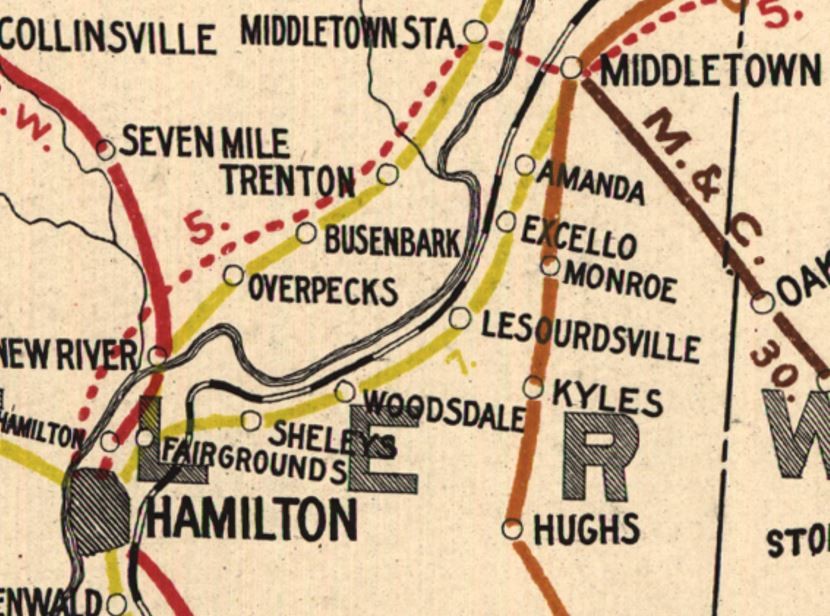
The LC&D was built primarily on the east bank of the declining Miami & Erie Canal between Hamilton and Middletown thereby easing the construction process. When completed though, the LC&D would comprise only 13.9 miles of track running from Hamilton to Middletown, all within Butler County.
Construction of the LC&D began in the summer of 1886 and was opened on April 1, 1887. Two names prominent in the LC&D were William V McCracken and John C. Fawcett. McCracken headed W.V. McCraken & Co., with offices at 42 Wall Street in New York City. Fawcett was a resident of Louisville, KY. Not much is known about either man, except that their names appear as financiers, officers or managers of proposed and existing railroads in Ohio, Michigan, Indiana, and Kentucky during the 1880s and 1890s. McCracken won the contract to build the railroad at a reported price of $20,000 per mile. McCracken proceeded to sublet the work to local contractors, paying a reported 15 cents for each yard of completed right-of-way.
Competition to the LC&D came from the CH&D which was built in 1851 and served Hamilton and West Middletown. The CH&D’s original track stretched 59.2 miles from Cincinnati to Dayton but crucially never entered the city limits of Middletown proper. Prior to the LC&D, the CH&D had a monopoly on the traffic on this rail corridor and according to reports of the time, took full advantage with respect to shipping rates and fares which disadvantaged Hamilton and Middletown industries and residents. It wasn’t until February of 1888 that the Cincinnati & Richmond, formerly the CR&C, completed an extension from Red Bank in Cincinnati to Hamilton providing an element of competition to passenger fares and freight rates.
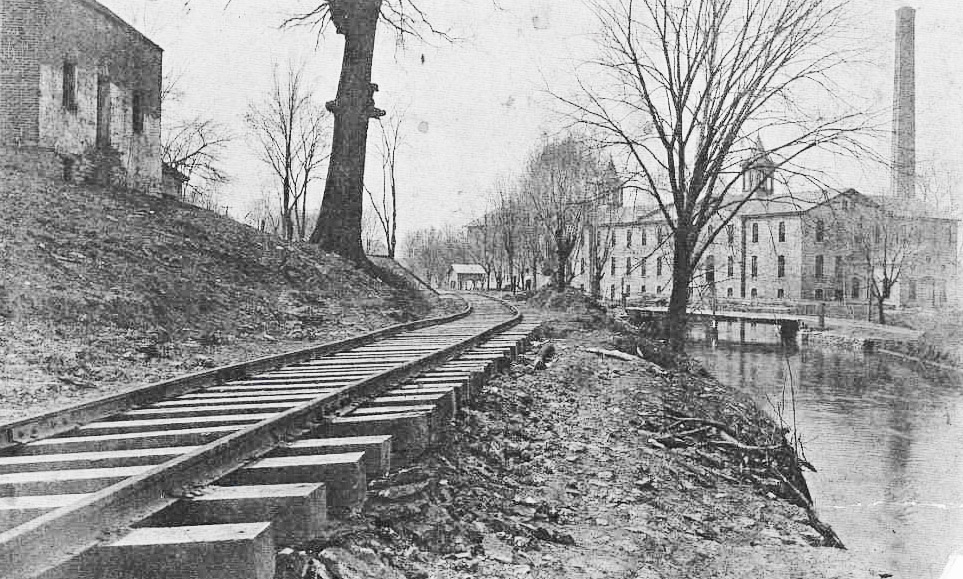
Ownership of the LC&D was transferred on March 30, 1887, literally the day before operations commenced. Additionally, the LC&D was renamed to an equally inappropriate title of the Cincinnati & Dayton Railroad (C&D) on the same day. The new ownership group was finally publicly revealed on May 27, 1887, as the Cincinnati Hamilton & Dayton railroad which paid the princely sum of $400,000 for the rights to operate the newly renamed C&D. The original LC&D investors now having pocketed a $122,000 profit for their efforts. The CH&D outright purchased the C&D on July 12, 1895.
The newly renamed C&D relied on paper mills and “natural ice” companies for most of its struggling freight business on the now truncated line. The “natural ice” business, meaning ice harvested from local ponds and stored in insulated warehouses, peaked in the 1880s. There were a number of these ice firms adjacent to the C&D tracks serving customers in Cincinnati, primarily breweries. The decline of the natural ice industry began around the start of the 20th century with the development of mechanical refrigeration.
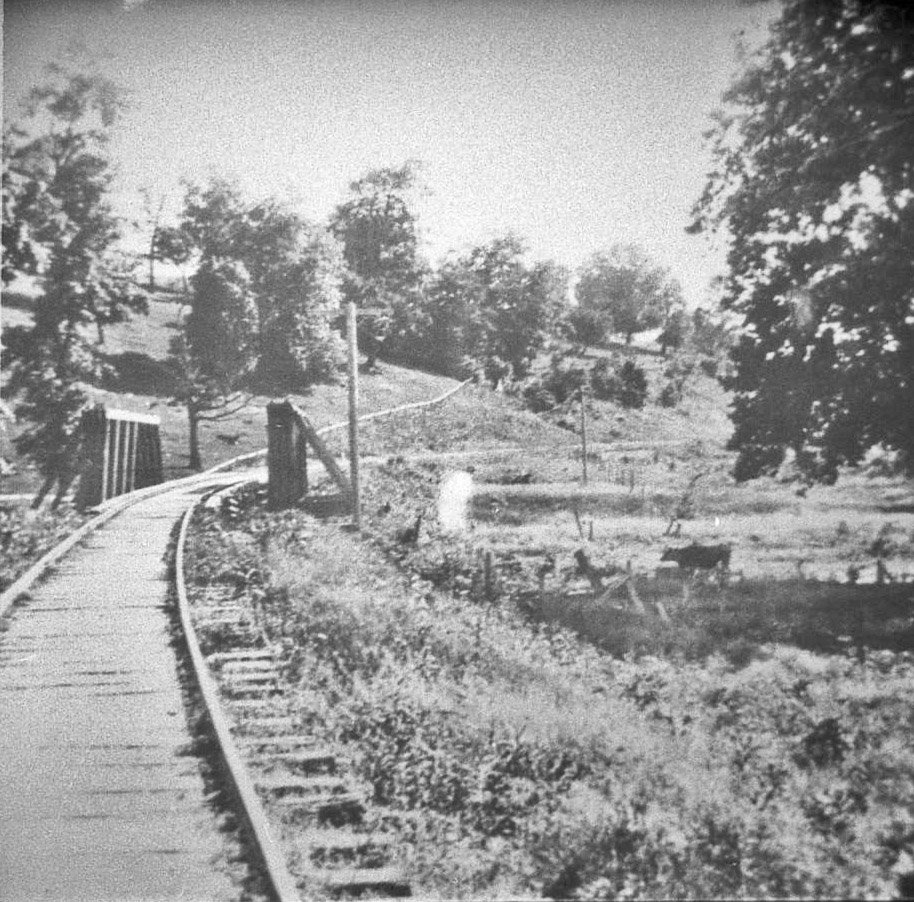
In retrospect, one would ask why the C&D was built in the first place? In this era, the concept of the “nuisance railroad” appeared. The idea was that speculators would build rails located adjacent to a highly profitable and established railroad at the cheapest possible price. The profitable railroad would then feel compelled to buy out the new entrant, generally at a substantial premium, to protect market share and maximize freight rates and passenger fares in the absence of true competition. The initial ownership of the LC&D by McCracken and Fawcett, known serial railroad promoters, and the final route is chosen, certainly fit this model.
C&D passenger patronage between Hamilton and Middletown and points in between was never
all that profitable. Starting in August 1897, the C&D faced competition that provided more frequent service from the Cincinnati & Miami Valley Traction Company interurban line. In response the CH&D, the now corporate parent of the C&D, would promote Woodsdale Island Park, located on an island in the Great Miami River as an amusement park adjacent to the C&D tracks. This seasonal passenger destination was conveniently connected to the C&D from Cincinnati and Dayton direct to the park via the CH&D rails.
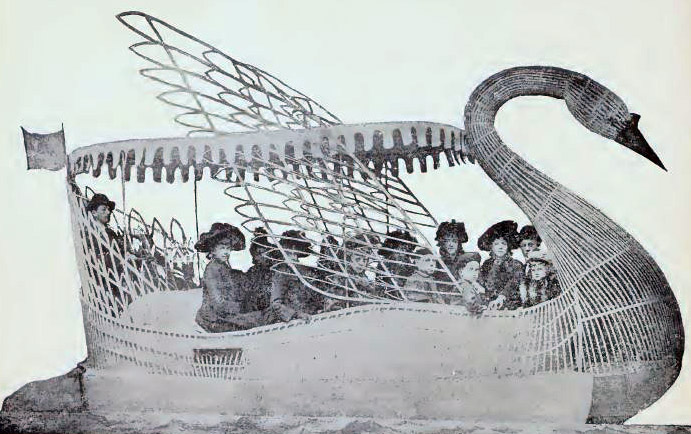
Woodsdale Park boasted a restaurant, merry-go-round, ballparks, bowling alleys, tennis courts, boathouse, and even “Swan Boats” that cruised the Great Miami River amongst other amusements. From accounts of the day, Woodsdale Park was the one of the premier amusement parks in southwest Ohio. Alas, the 1913 Great Miami Flood destroyed the park and it was never rebuilt. Other busy passenger days on the C&D were during the annual Butler County Fair and when circuses played at the fairgrounds.
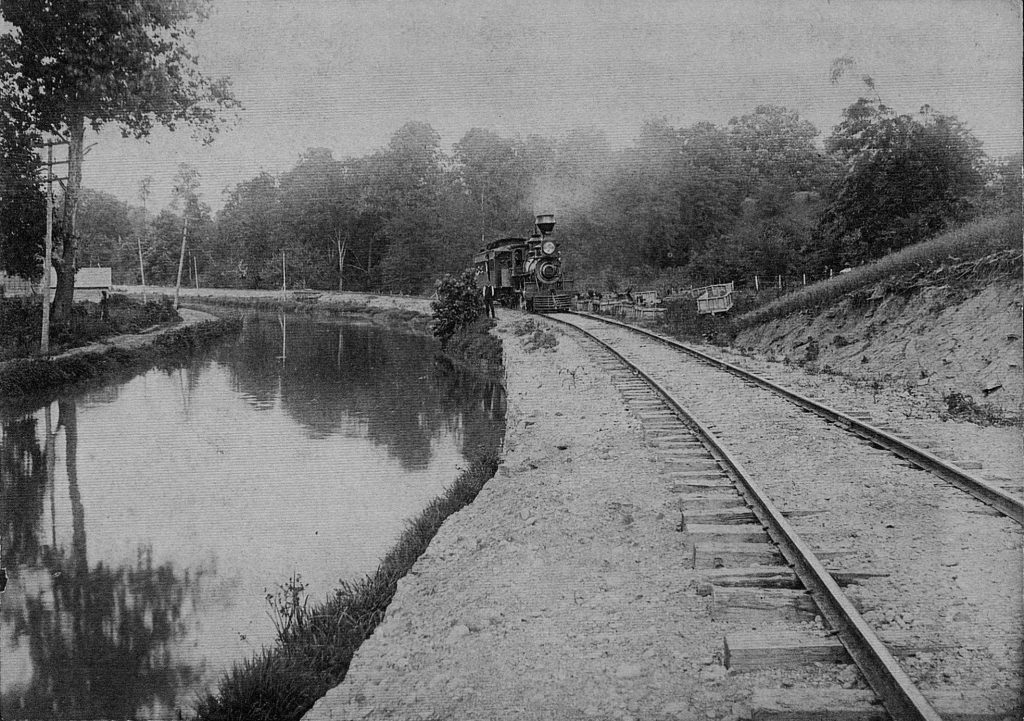
In June 1917 the CH&D, including the C&D, was purchased by the Baltimore & Ohio Railroad (B&O) at auction in Dayton. Regular service over the C&D ended between 1917 and 1920 and the roadbed fell into a state of disrepair. In December 1934, during the depths of the Depression, the B&O sought approval from the Interstate Commerce Commission to abandon about five miles of the C&D from opposite the Butler County fairgrounds in Hamilton north to Woodsdale. Much of the remaining canal bed within Hamilton boundaries was covered over as part of Works Progress Administration efforts in the same time period. During 1941-1945, some of its rails were scrapped as part of wartime metal reclamation efforts.
Track at the Hamilton end to about 100 yards north of the intersection of Heaton Street, Fair Avenue, and Erie Highway (Ohio 4) had periodic use into the mid-1970s as an industrial spur and for circus trains when the traveling shows played at the nearby Butler County fairgrounds.
| Milepost | Location |
| 0 | Hamiton |
| .7 | High Street Crossing |
| 1.3 | Butler County Fairgrounds |
| 3.6 | Sheleys |
| 5.3 | Woodsdale Park |
| 5.9 | Woodsdale |
| 7.0 | Rockdale |
| 8.7 | LeSourdsville |
| 10.8 | South Excello |
| 10.4 | North Excello |
| 11.9 | Amanda |
| 13.9 | Middletown |
Today most of the former C&D right of way has disappeared south of Woodsdale with much of it now being part of the Great Miami walking and bike in Fairfield Township. The right of way in the city limits of Hamilton has mostly been reclaimed for development.
The northern end of the C&D however, was rebuilt and remained in service for many years, primarily as the Middletown connection to the B&O.at New Miami. CSX is now the owner of the former B&O trackage. In June 1927 it was announced that the B&O and the Hamilton Coke & Iron Company would lay track from the latter’s coke plant and blast furnaces at New Miami to Woodsdale Junction. There it joined a new bridge crossing the Great Miami River and a rebuilt C&D roadbed capable of withstanding the increased tonnage to continue on to the American Rolling Mill Company plant in Middletown. The project, according to newspaper accounts of the time, was estimated to cost over $1 million. The American Rolling Mill Company would later become Armco, then AK Steel, and now Cliffs.
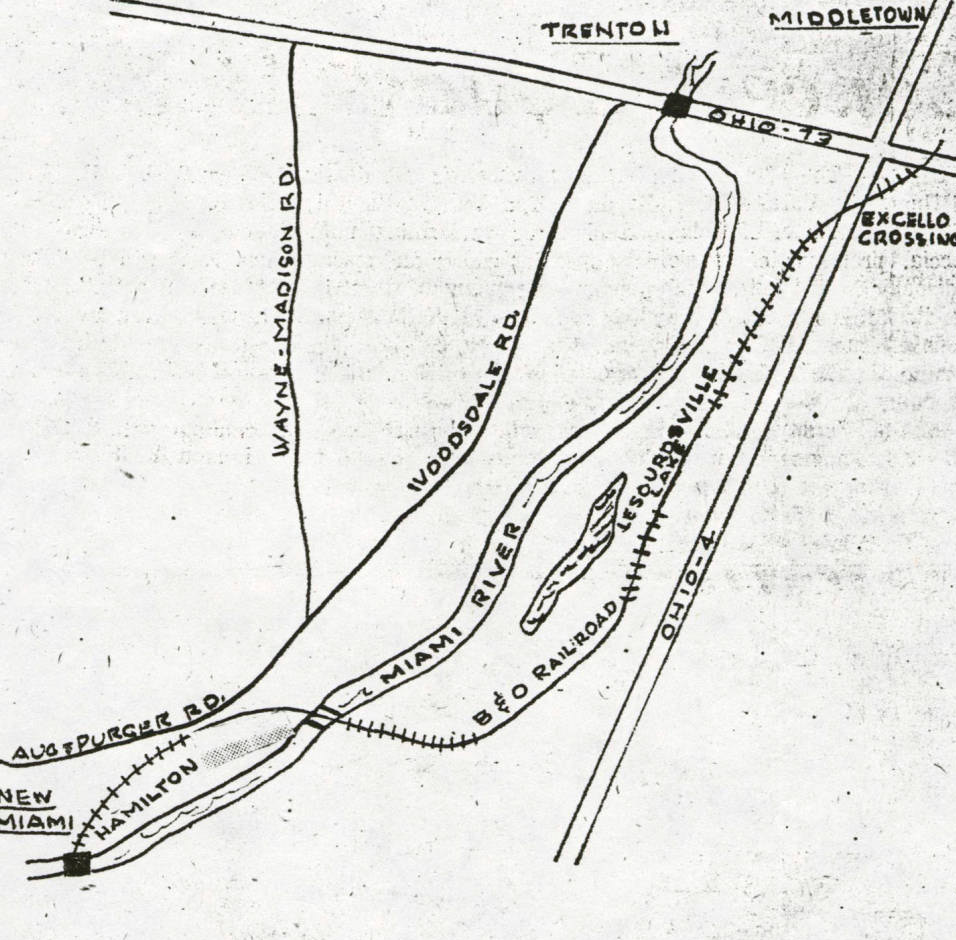
After its June 25, 1928 opening, the northern end of what remained of the C&D was popularly known as the Armco Hotline because it transported specially built thermos cars (commonly called “torpedo cars”) containing white-hot molten iron from the blast furnaces in New Miami to Middletown until 1991.
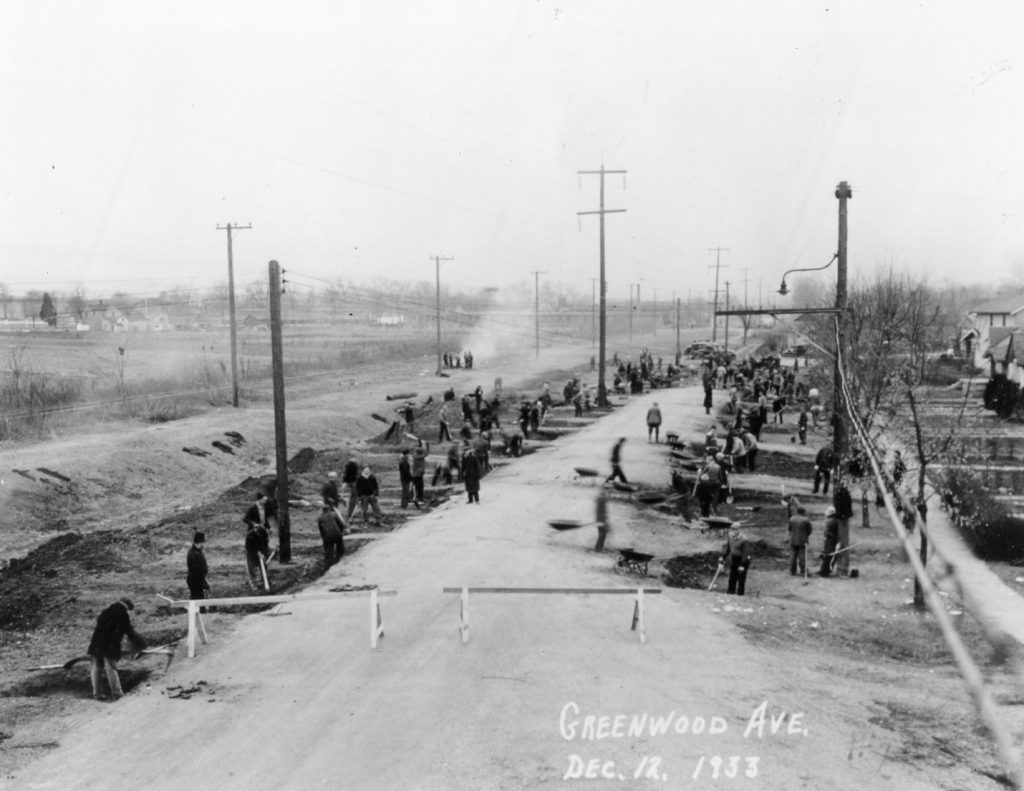
Our thanks to the late Jim Blount, the former editor of the Hamilton Journal-News who contributed to this article.
